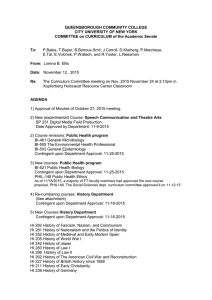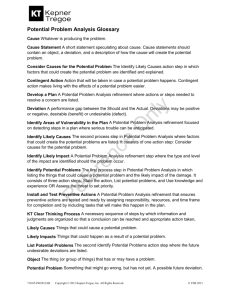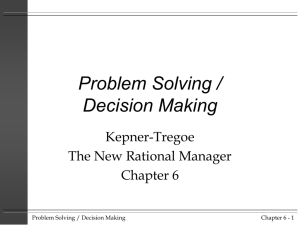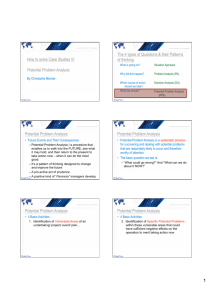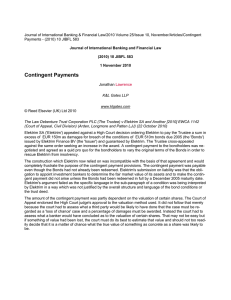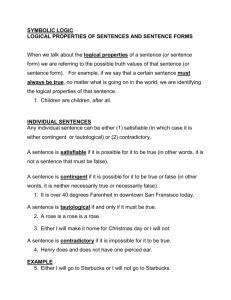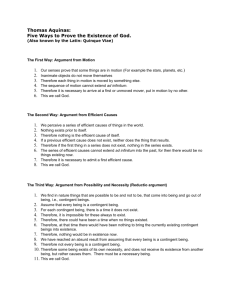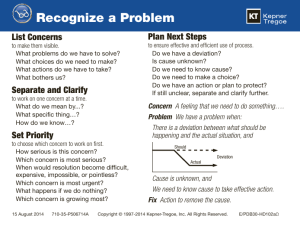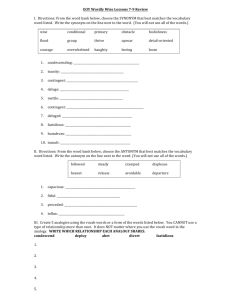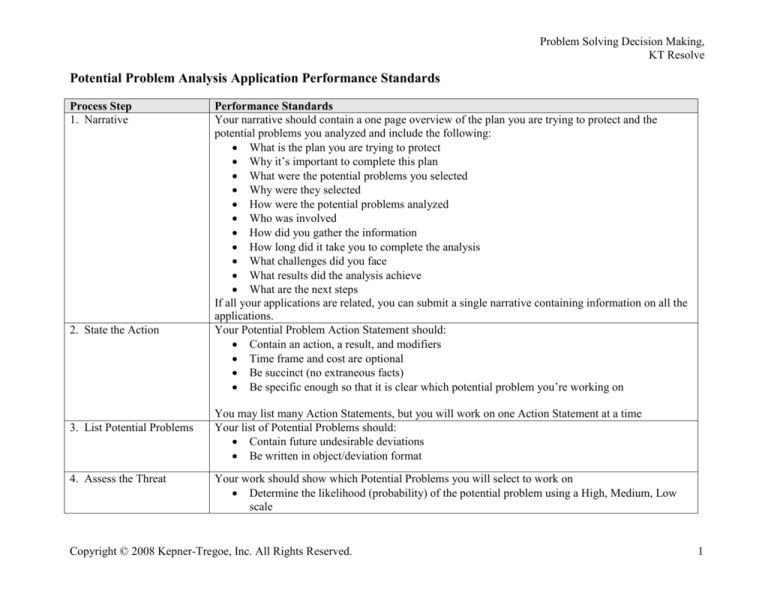
Problem Solving Decision Making,
KT Resolve
Potential Problem Analysis Application Performance Standards
Process Step
1. Narrative
2. State the Action
3. List Potential Problems
4. Assess the Threat
Performance Standards
Your narrative should contain a one page overview of the plan you are trying to protect and the
potential problems you analyzed and include the following:
What is the plan you are trying to protect
Why it’s important to complete this plan
What were the potential problems you selected
Why were they selected
How were the potential problems analyzed
Who was involved
How did you gather the information
How long did it take you to complete the analysis
What challenges did you face
What results did the analysis achieve
What are the next steps
If all your applications are related, you can submit a single narrative containing information on all the
applications.
Your Potential Problem Action Statement should:
Contain an action, a result, and modifiers
Time frame and cost are optional
Be succinct (no extraneous facts)
Be specific enough so that it is clear which potential problem you’re working on
You may list many Action Statements, but you will work on one Action Statement at a time
Your list of Potential Problems should:
Contain future undesirable deviations
Be written in object/deviation format
Your work should show which Potential Problems you will select to work on
Determine the likelihood (probability) of the potential problem using a High, Medium, Low
scale
Copyright © 2008 Kepner-Tregoe, Inc. All Rights Reserved.
1
Problem Solving Decision Making,
KT Resolve
Process Step
5. Consider Causes for the
Potential Problem
6. Take Actions to Address
Likely Causes
7. Prepare Action to
Reduce Likely Effects
8. Set Triggers for
Contingent Actions
Performance Standards
Determine the impact (seriousness) of the potential problem using a High, Medium, Low scale
Select the potential problems with High seriousness
Your work should contain Likely Causes for each potential problem
List as many likely causes
Each likely cause should be written in object/deviation format
Each likely cause should explain how it could create the potential problem
Select likely causes that are most likely to occur and that are within your control to prevent
Your Preventive Actions should:
Show how the action will reduce or prevent the likely cause from occurring
Be practical, feasible, and cost effective
Have resources and responsibilities assigned for each
Your Contingent Actions should:
Show how you plan to reduce the likely effect of a potential problem
Include plans that are feasible, practical, and cost effective
Include how long the plan is to be kept in place
You can have more than one contingent action for a potential problem
Your Triggers should:
Tell you when the potential problem is about to occur or has occurred
Automatically start your contingent action OR if the trigger is a manual one, show who is
responsible for triggering the contingent action
Indicate who will disable the trigger
A trigger should be assigned to each contingent action
Copyright © 2008 Kepner-Tregoe, Inc. All Rights Reserved.
2

